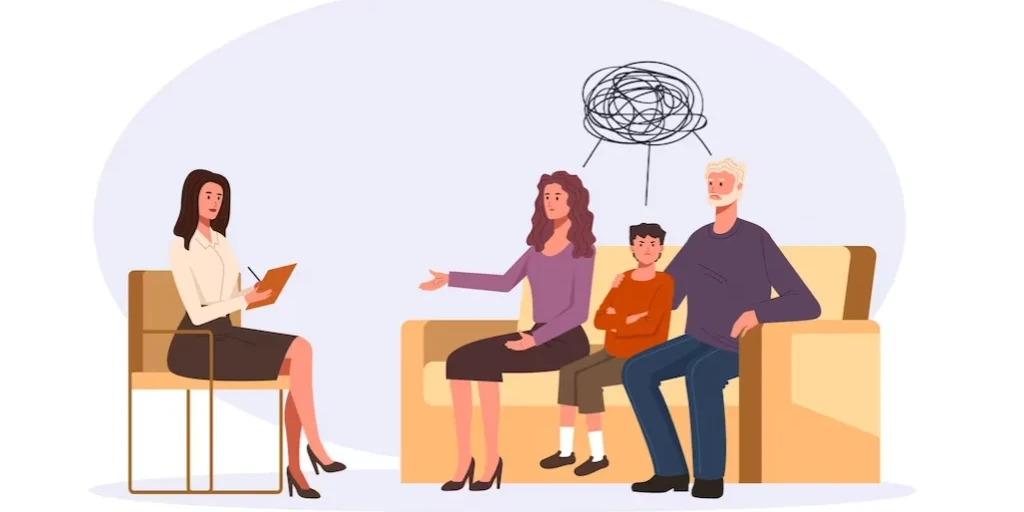24/7 Helpline:
(866) 899-221924/7 Helpline:
(866) 899-2219
Learn more about Eating Disorder Treatment centers in Rabun Gap
Eating Disorder Treatment in Other Cities

Other Insurance Options

Highmark

Carleon

Molina Healthcare

BlueCross

Access to Recovery (ATR) Voucher

Amerigroup

Optum

American Behavioral

Lucent

UnitedHealth Group

Health Partners

Choice Care Network

Coventry Health Care

Private insurance

PHCS Network

Regence
Beacon

Health Choice

State Farm

Health Net










